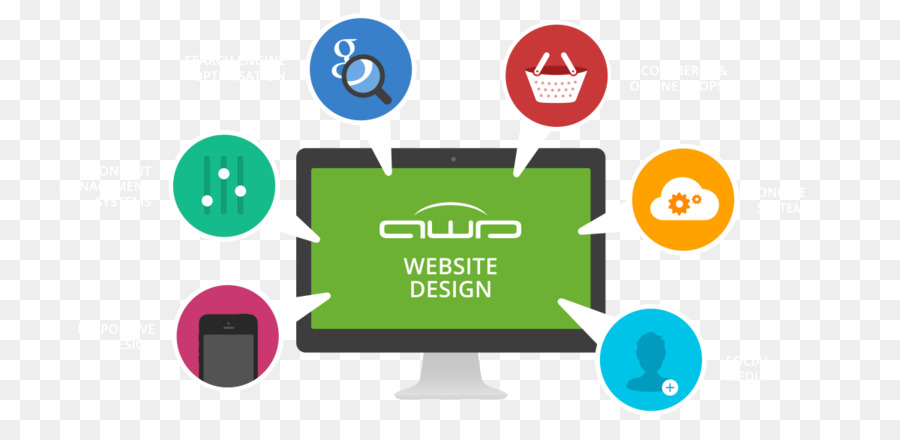The Growth Of Website Design: Then And Currently
The Growth Of Website Design: Then And Currently
Blog Article
Short Article By-Bradshaw Hejlesen
In the past, sites were basic and concentrated on info. Navigation was direct, and design was for desktops. Now, find more info is essential. Data guides designs for simple navigating. Receptive formats fit various gadgets. Today, dark mode minimizes strain, and minimalist menus boost navigation. view it now engage users, and bold visuals stick out. AI assimilation improves engagement. See how layout has developed to enhance your on the internet journey.
Very Early Days of Website Design
In the very early days of web design, simpleness preponderated. Sites were basic, with restricted shades, font styles, and formats. The focus got on giving information rather than flashy visuals. Customers accessed the web through slow-moving dial-up connections, so rate and capability were crucial.
Navigation food selections were straightforward, commonly situated on top or side of the page. Websites were designed for computer, as mobile surfing had not been yet widespread. Web content was king, and developers prioritized very easy readability over complicated design components.
HTML was the key coding language used, and developers had to work within its constraints. Computer animations and interactive functions were very little compared to today's standards. Web sites were static, with little vibrant content or individualized individual experiences.
Rise of User-Focused Design
With the advancement of web site design, a change towards user-focused style principles has actually become significantly famous. Today, creating websites that prioritize user experience is important for engaging site visitors and accomplishing service objectives. User-focused style includes comprehending the demands, preferences, and actions of your target audience to tailor the web site's layout, web content, and features as necessary.
Designers currently perform thorough research, such as individual surveys and functionality testing, to gather insights and responses straight from customers. This data-driven technique aids in developing instinctive navigating, clear calls-to-action, and aesthetically attractive user interfaces that reverberate with site visitors. By placing the individual at the center of the design procedure, web sites can provide an extra individualized and enjoyable experience.
Responsive style has actually likewise emerged as a vital aspect of user-focused style, making certain that internet sites are enhanced for various devices and display dimensions. This adaptability improves accessibility and use, catering to the varied means customers communicate with sites today. Fundamentally, the increase of user-focused layout signifies a shift towards developing electronic experiences that prioritize the demands and expectations of completion user.
Modern Trends in Website Design
Discover the most up to date trends shaping web design today. One prominent pattern is dark mode layout, providing a smooth and contemporary appearance while reducing eye strain in low-light atmospheres. An additional essential trend is minimalist navigation, simplifying menus and enhancing individual experience by focusing on essential elements. Integrating micro-interactions, such as computer animated switches or scrolling impacts, can produce a much more appealing and interactive web site. Receptive style remains critical, ensuring smooth user experiences across different gadgets. Additionally, using vibrant typography and unbalanced layouts can add visual passion and accentuate certain content.
Integrating AI technology, like chatbots for customer assistance or personalized referrals, enhances individual involvement and enhances processes. Ease of access has also come to be a substantial trend, with designers prioritizing comprehensive style practices to accommodate diverse individual requirements. Accepting sustainability by enhancing site performance for rate and effectiveness is another arising trend in website design. Collaborating with user responses and data analytics to repeat and improve design continually is important for remaining pertinent in the ever-evolving electronic landscape. By accepting these contemporary patterns, you can create an aesthetically appealing, straightforward site that reverberates with your audience.
Final thought
As you reflect on the evolution of internet site style from the very early days to now, you can see exactly how user-focused layout has actually become the driving force behind modern patterns.
Welcome the trip of modification and adaptation in web design, always keeping the customer experience at the center.
Stay existing with the current fads and technologies, and never stop evolving your approach to develop visually sensational and easy to use internet sites.
Progress, adapt, and develop - the future of website design is in your hands.
